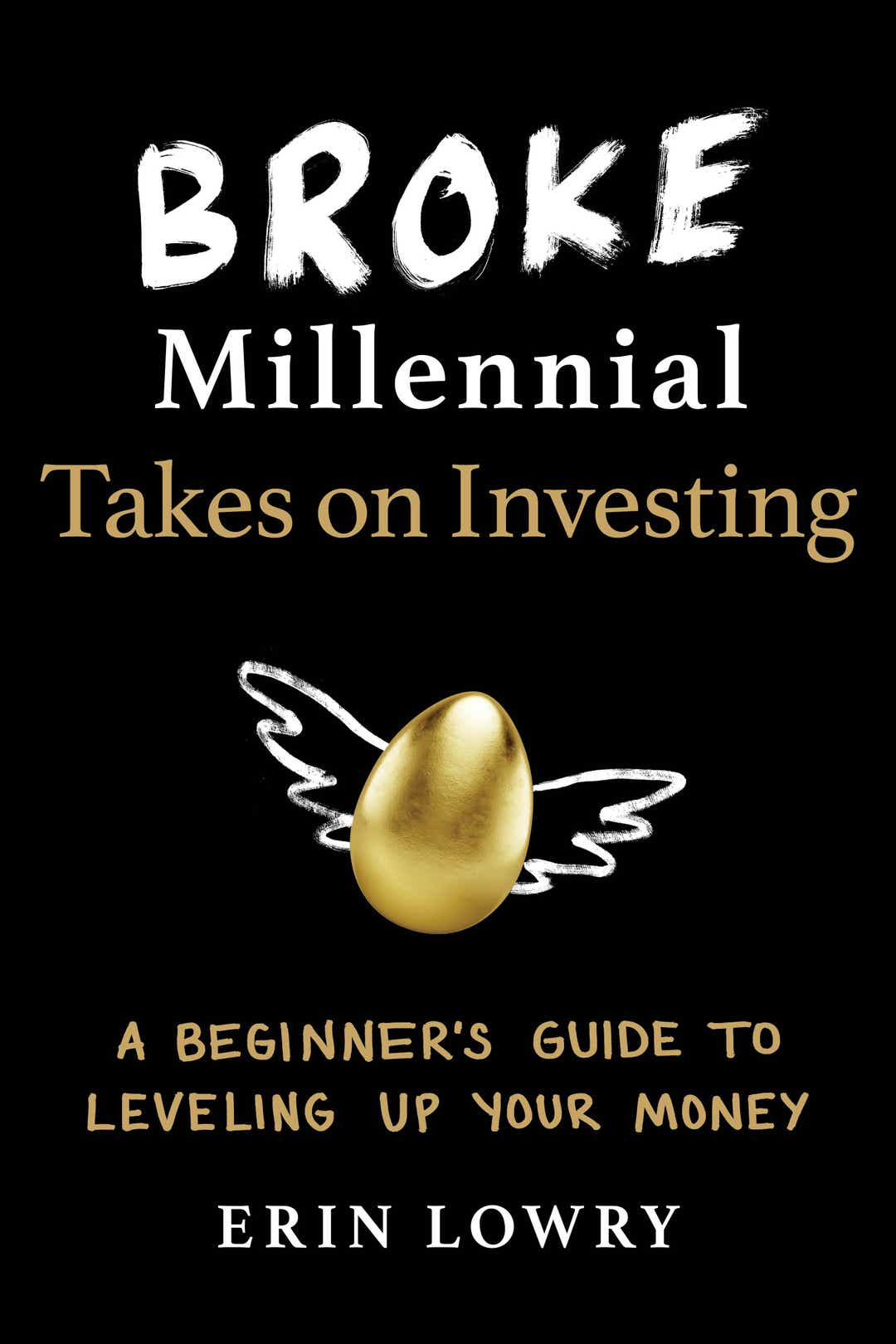LATEST FINANCIAL NEWS
Millennials need to stop saving for retirement says Broke Millennial
[ad_1]
I’ve had this conversation about investing numerous times. In fact, it has reached an almost scripted level of precision.
Friend: “I don’t invest.”
Me: “Do you have a 401(k)?”
Friend: “Yes”
Me: “Then you’re investing.”
The problem is that the language we use about preparing for retirement is misleading. Time and time again, you’ll be told to “save” for retirement. New employees in an office get a lecture from a well-intentioned older colleague or parent about the importance of saving for retirement. All personal finance books harp on why it’s critical to save for retirement. Brokerage firms publish studies about how much people are saving for retirement.
OK, I get it: You’re putting money aside for the future and letting it accumulate as a reserve, which is the very definition of saving. But it’s the specific word, “save,” that is really a misnomer. What you’re actually doing is investing for retirement. There is power in the words we use, so it’s important we start to acknowledge ourselves as investors, even if that’s as simple as a 401(k) or IRA. People need to understand that they are putting their money to work for them in the stock market instead of letting it languish in a savings account.
What does your wallet tell you? The economy is booming. But are Americans’ finances healthier because of it?
Don’t make this investing mistake
While researching my second book, “Broke Millennial Takes On Investing,” one interviewee shared a horror story about a client who called into the brokerage firm where she worked and inquired about the balance of his retirement account. It turns out that when this client signed up for a 401(k), he didn’t select actual investments, and for decades he had just been – quite literally – saving into his 401(k). Sure, there was a decent chunk of change, but not enough to comfortably retire and nowhere near what could’ve been there had the money been properly invested and reaping the rewards of compound interest.

Let’s say the client averaged out to putting $500 a month into a 401(k) for 40 years. Over that time, it received an average 6% return in the market. The client would’ve had $933,714.65 upon retirement. But with the money just sitting in a savings account, it would have ultimately totaled just over $240,000 – especially since most people are earning only about 0.01% annual percentage yield on their savings accounts. Even with a higher interest rate of 2% on savings account, that money in savings still wouldn’t have topped $370,000.
It wasn’t the first time I’d heard a version of this urban-legend-style investing tale. I’ve even known a few people who found themselves in similar situations. Luckily, they figured it out only a couple of years into contributing to a 401(k), so they were able to log into their accounts and select funds that aligned with their investing goals. Their money was in the stock market in time to minimize any damage.
Why you procrastinate
Intimidation is one simple reason people often procrastinate contributing to their retirement plans or don’t pick investments properly. I remember feeling overwhelmed the first time I signed up for a 401(k) and was met with a long list of investment options. Strange words I’d never heard of like midcap, large-cap or Dodge & Cox floated in front of my eyes, and I did what most people do when stressed by something on the Internet: I closed the browser. There was no context about which investments were best for my risk tolerance or time horizon (nor did I have any clue what those terms meant at the time). I’d never learned about investing. I, a then-23-year-old, was supposed to be able to intuit which funds to pick in order to build a well-balanced portfolio aligned with my goals.
This move could save you money: The Fed signaled rate cuts may be coming soon. What does that mean for borrowers, savers
Or, more appropriately, I was supposed to do the research required to build a portfolio. But that can be an overwhelming proposition, especially to someone with no education in investing or even a basic understanding of the terminology. It’s not surprising why people often delay investing for retirement or slot it on the bottom of their to-do lists.

This intimidation factor is really what inspired my second book, “Broke Millennial Takes On Investing.” I’m not an investing expert, instead, I serve more of a translator function. I researched and interviewed many people far more experienced and knowledgeable than myself and translated that knowledge into a more easily digestible package for a rookie.
One easy way to get started
One simple way to get over fear and procrastination is to consider a target-date fund, which is also known as a life-cycle fund. These funds are tied to the approximate year you plan to retire. For a 25-year-old in 2019, that might be a Target Date Fund 2060 (these funds are often in 5 year increments). This fund would start off with an aggressive portfolio, eventually be rebalanced to moderate investments and then become more conservative as the retirement year approached (as is appropriate based on when you need access to your money). You can take more risk when you have time to weather the fluctuations of the stock market.
Criticisms of target date funds include the higher expense ratio (paying more fees, which takes money away from future you) and that it isn’t tailored to your specific situation. For some investors, that can mean ending up in a portfolio that’s too conservative too early, which results in missing out on critical returns.
Is an Uber driver an entrepreneur? How small businesses classify employees matters in a big way
Luckily, there’s no rule dictating that you must stay locked into a target date fund. You can always go back and rebuild your investment portfolio in a 401(k) or IRA once you’ve had time to do some research and become an educated investor, or seek help from a financial professional. Using a target date fund is just a way to remove the intimidation and confusion from the first step of the process.
No matter what route you choose, just be sure your money is actually being invested and not simply saved in a retirement account.
Erin Lowry is the author of “Broke Millennial Takes On Investing” and “Broke Millennial: Stop Scraping By and Get Your Financial Life Together.”
The views and opinions expressed in this column are the author’s and do not necessarily reflect those of USA TODAY.
[ad_2]
Source link









